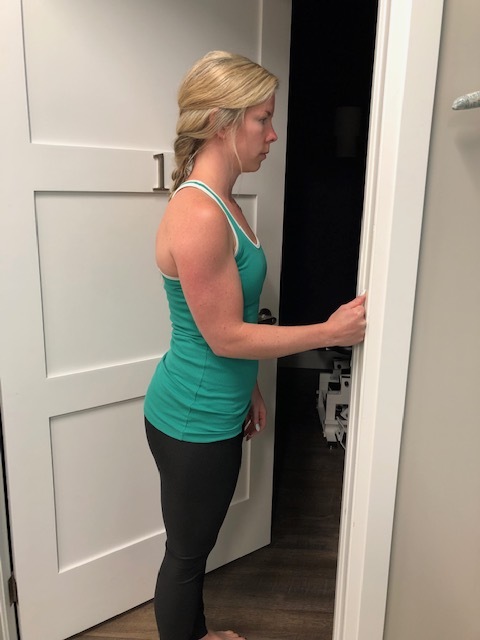Rotator Cuff Injuries - Isometric Strengthening
/The rotator cuff is comprised of 4 muscles that aid in stability of the shoulder, by keeping the ball (head of the humerus) in the socket (glenoid cavity of the scapula). These 4 muscles also help with moving the arm in various directions. The 4 muscles of the rotator cuff are:
Supraspinatus: Lifting your arm out to the side (snow angel motion
Infraspinatus: Rotating your arm away from your body
Teres minor: Assists in rotating your arm away from your body
Subscapularis: Rotates your arm towards your body, and assists in bringing your arm across your body
Common injuries to the rotator cuff muscles or tendons include:
Tendonitis: Inflammation or irritation of the tendon where it attaches to the bone
Tendinosis: Chronic irritation of the tendon
Partial or full tears
Bursitis: Inflammation of the bursa, which is a sac of fluid that decreases friction between the tendon and bone, to reduce irritation
Impingement: Occurs when a tendon gets impinged between 2 bones of the shoulder during movement.
In the initial stages of the injury (first 2-3 days), rest, ice and pain-free movement are best to optimize healing. As the pain settles down, light strengthening exercises can begin.
The pictures demonstrate gentle strengthening exercises for the shoulder flexors, abductors, extensors, external and internal rotators. These exercises are called isometric strengthening, which means strengthening muscles without changing the length of the muscle, and keeping the affected joint in one position. Isometric strengthening is a great way to maintain the strength, and begin gentle, pain-free strengthening.
Flexion: With your arm by your side, elbow bent at 90 degrees, place your hand in front of the door/wall by making a fist. Gently push your hand into the wall, holding the contraction for 5 seconds.
Extensors: Stand with the back of your arm against the wall, arm straight. Push the back of your arm into the door/wall, hold the contraction for 5 seconds.
Abductors: Stand with the side of your arm against the wall, with your elbow bent at 90 degrees. Push the side of your arm into the door/wall, hold the contraction for 5 seconds.
External rotators: Standing with the outside of your forearm against the wall, with your elbow bent at 90 degrees. Push the side of your forearm against the door/wall, initiating a rotating out motion, hold the contraction for 5 seconds.
Internal rotators: Standing with the inside of your forearm against the wall, with your elbow bent at 90 degrees. Push the inside of your forearm against the door/wall, initiating a rotating in motion, hold the contraction for 5 seconds.
These exercises are for gentle strengthening, just begin by pushing at 25-50% of your maximal contraction, within a pain-free range. Start by holding for 5 seconds, repeating 10x for each of the directions.





